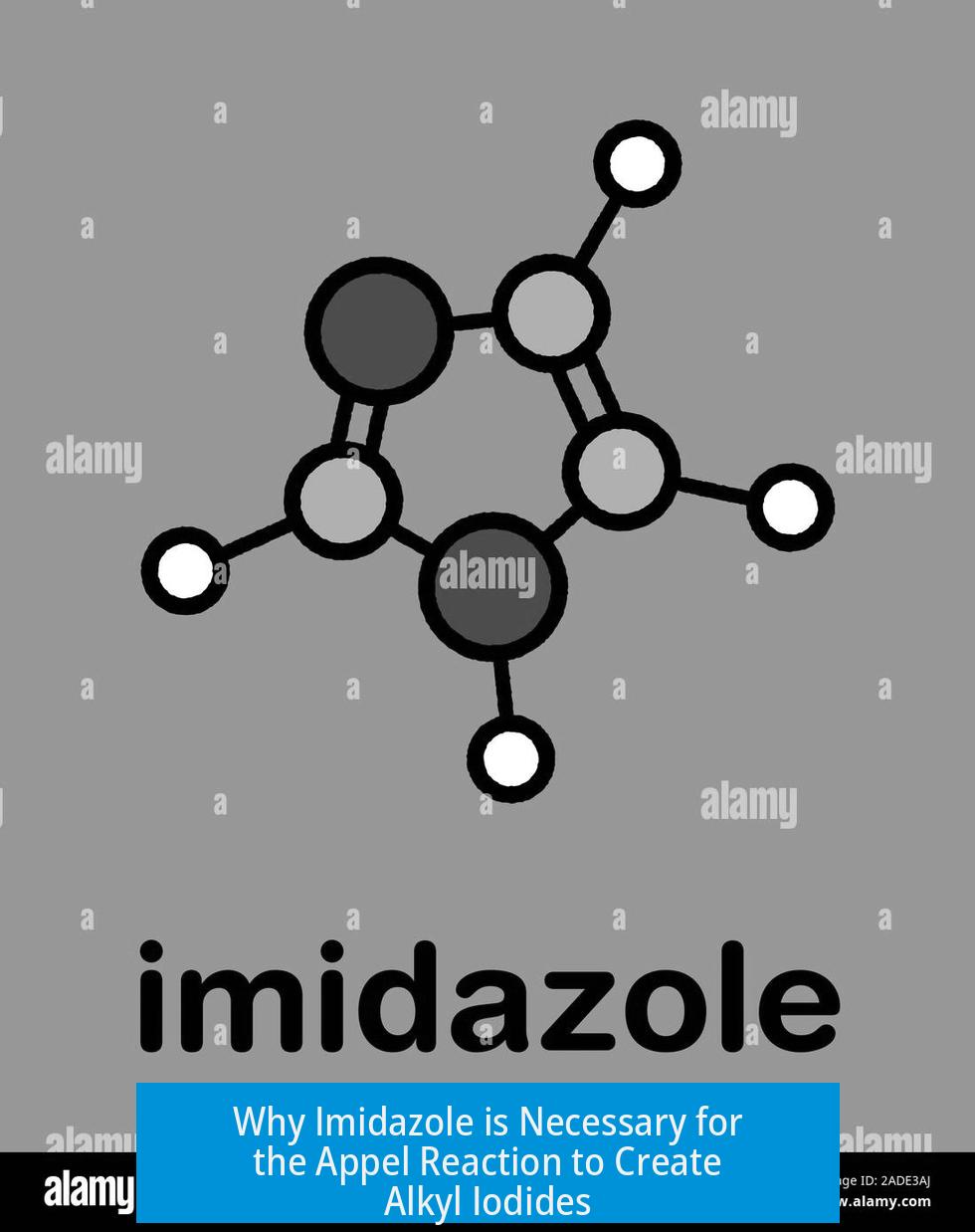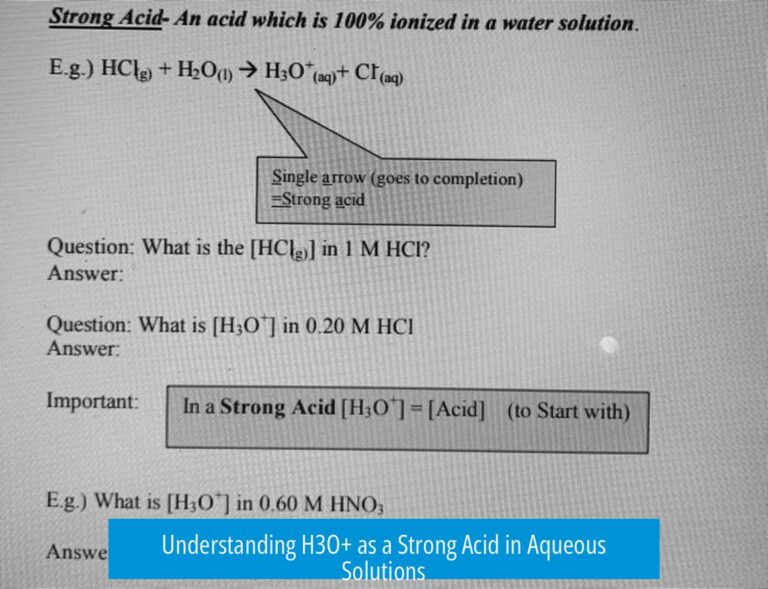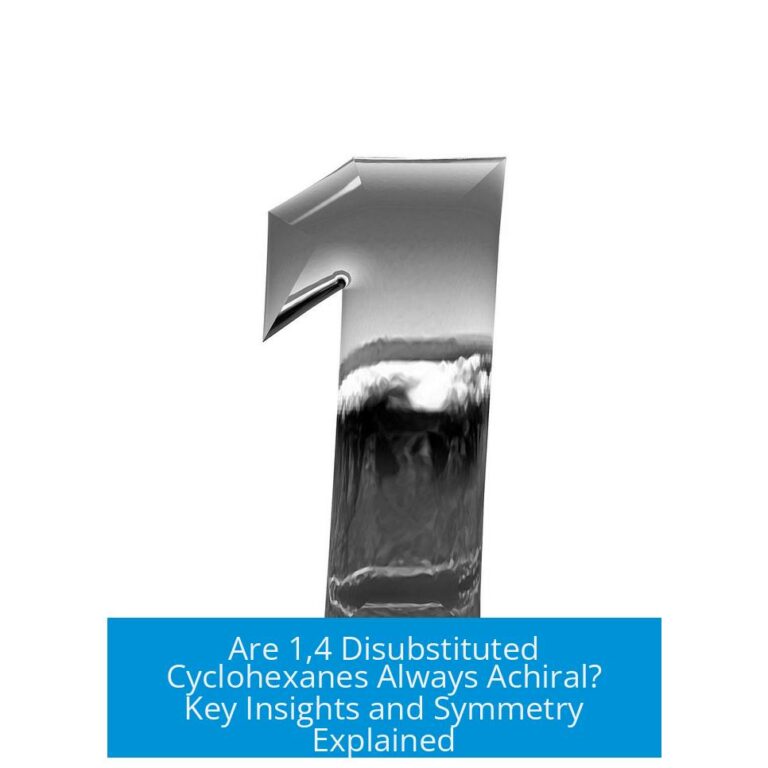Why Does the Appel Reaction to Make Alkyl Iodides Require Imidazole?
The Appel reaction using triphenylphosphine (PPh3) and iodine (I2) to convert alcohols into alkyl iodides typically requires imidazole because it protonates the alcohol’s hydroxyl group, enabling the iodide ion generated to effectively substitute and form the alkyl iodide.
Mechanism of Alkyl Iodide Formation in the Appel Reaction
When PPh3 reacts with I2, it forms a charged complex: (PPh3I)+ and iodide ion (I-). The iodide acts as a nucleophile, attacking the carbon bound to the alcohol group.
However, the hydroxyl group in the alcohol is a poor leaving group in its neutral form, making iodide displacement difficult.
- Imidazole protonates the hydroxyl oxygen, converting –OH into –OH2+, a better leaving group.
- This protonation enhances the nucleophilic substitution as iodide can now displace the protonated alcohol group.
- Imidazole also serves as a mild base, helping maintain an optimal acidic/basic balance during the reaction.
Is Imidazole Always Required?
Imidazole is not essential for the Appel reaction itself; the reaction can proceed without it under some conditions. However, it improves reaction efficiency by facilitating proton transfer.
Other bases may replace imidazole to aid protonation and maintain the reaction environment’s acidity. The presence of such a base helps avoid side reactions and incomplete conversions.
Alternative Approaches to Prepare Alkyl Iodides
- Using triphenyl phosphite (P(OPh)3) with I2 or N-iodosuccinimide (NIS) can serve as alternative iodide sources.
- Converting the bromide obtained via PPh3/Br2 Appel reaction into an iodide using the Finkelstein reaction is a simpler two-step method. This involves sodium iodide in acetone, displacing bromide with iodide efficiently.
Summary
- PPh3/I2 forms a reactive ionic complex enabling iodide nucleophilic attack.
- Imidazole protonates the alcohol, improving the leaving group’s ability and facilitating substitution.
- Imidazole acts as a base to balance acidity during the reaction, enhancing yields.
- Other bases or reagents can sometimes substitute for imidazole.
- Alternative methods include the Finkelstein halide exchange for iodide synthesis.
Why is imidazole used when making alkyl iodides with PPh3 and I2?
Imidazole protonates the alcohol’s hydroxyl group, making it easier for the iodide ion to attack. This activation enables the nucleophilic displacement needed to form the alkyl iodide.
Is imidazole absolutely necessary in the Appel reaction for iodide formation?
No, imidazole is not strictly required. However, it acts as a base to help adjust the reaction conditions, which can improve the efficiency of the iodide displacement step.
Can the iodide be made from the alkyl bromide instead of the alcohol?
Yes. The alkyl bromide can be converted to iodide using the Finkelstein reaction. This method uses sodium iodide and acetone and is often simpler than direct iodide formation from alcohol.
Are there alternatives to PPh3 and I2 for making alkyl iodides?
Yes, reagents like triphenyl phosphite (P(OPh)3) with I2 or N-iodosuccinimide (NIS) can also convert alcohols to alkyl iodides in similar reactions.
What happens when PPh3 reacts with I2 in this reaction?
The reaction forms an ionic complex (PPh3I)+ and I−. The iodide ion attacks the activated alcohol after protonation, leading to the substitution of -OH by iodide to form the alkyl iodide.





Leave a Comment